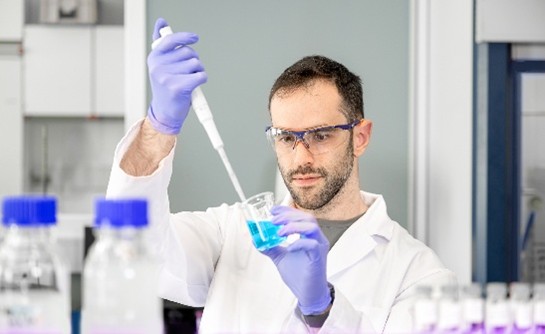What Makes One DLS System Different from Another?
There are three key reasons why DLS measurements can differ:
- Wavelength of Light
Different instruments use different laser wavelengths. Since particle scattering depends on wavelength, this changes how particle sizes influence the final measurement. - Detection Angle
Some systems detect scattered light at narrow angles, others at wide (even backscattered) angles. Particles scatter light differently at different angles, affecting which sizes dominate the signal. - Data Analysis Algorithms
Even with the same setup, different instruments use different mathematical models to convert light fluctuations into particle sizes. These influence both the average size and the Polydispersity Index (PDI).
So… Which System Is Right?
All of them can be right. If the sample is perfectly uniform (monodisperse), all systems will give similar results. But for real-world samples — with a range of particle sizes — every system sees the sample through its own optical lens, literally.
That’s why comparing raw data across instruments requires context.
There are two main strategies:
1. Mapping System-to-System
2. Volume-Based Conversion
Read the full version of this explanation:
By: Albert Grau-Carbonell
PhD. Application Specialist at InProcess-LSP
“Passionate about helping customers understand complex light scattering in practical, usable terms”.


Interested in the technical details?

“Save time, save money, control production processes.”